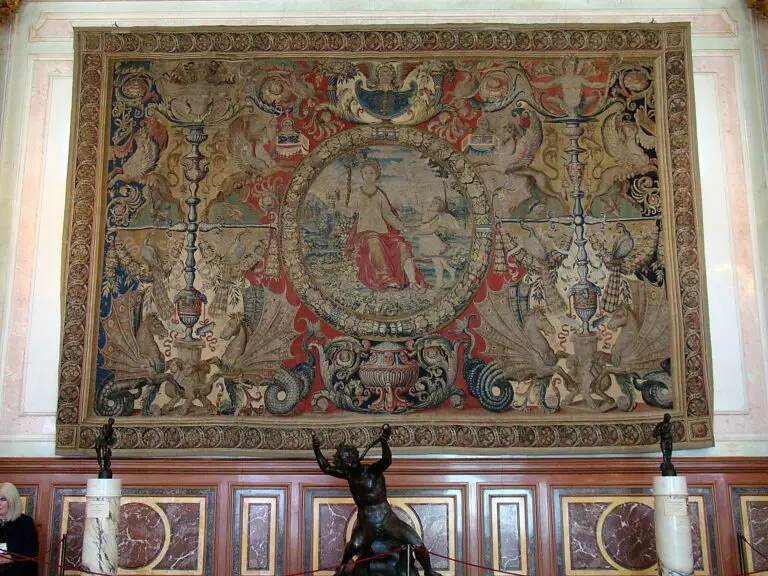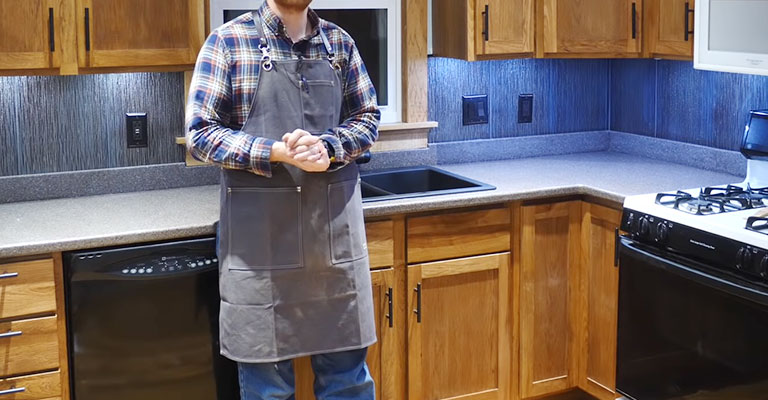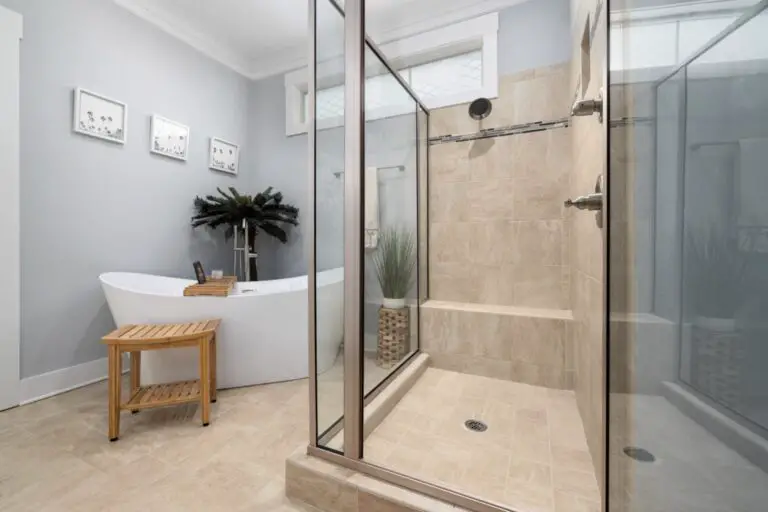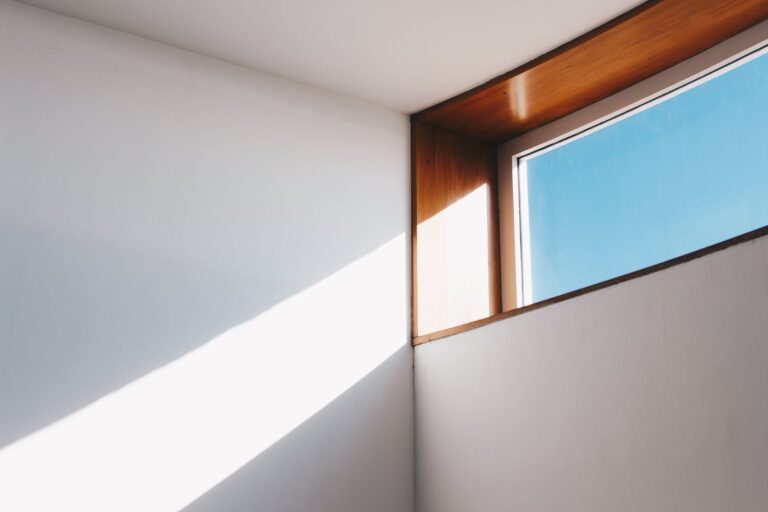Is Solid Surface The Same As Formica?
Formica is a brand of laminate that has been around for decades. Over time, it has become synonymous with solid surface material in many people’s minds. However, there are some differences between Formica and solid surface – the most significant being that Formica is a trading name and not material.
If you are asking whether the solid surface is the same as Formica, the answer would be no. Formica is a commercial brand name for laminate. Solid surface is the general term for various materials used to make countertops and other surfaces.
Also, what’s more, confusing is the name. Formica Solid Surfacing is a brand. A popular one too. Formica Solid Surfacing is a popular choice for kitchens, bathrooms, and other residential spaces.
Their products come in a variety of different colors and patterns. This means that you can create a unique design for your kitchen, bathroom, or any other area in your home.
Formica Solid Surface Countertops
Formica is an industry leader in designing and manufacturing innovative surfaces for the kitchen and bath. With over 60 years of experience, Formica has grown to become one of the most recognized brands in the home improvement industry.
Their countertops are easy to clean and maintain because they don’t stain or scratch easily. They also resist heat, so they can be used in high-temperature cooking areas without the worry of warping or melting.
A brand’s solid surface products are impressive, combining acrylic resin with mineral fillers to create a fully densified composite material. Solid surfaces from Formica are a great choice for countertops, sinks, tables, and backsplashes.
Is Corian And Formica The Same?
No, they are not. Corian is a solid surface that is made of acrylic and fiberglass resin. It is durable and has a low-maintenance surface. Formica is a laminate that can be made of wood, paper, metal, or plastic and has a glossy finish.
Now, if you are talking about solid surfaces, then they are pretty much the same except for the material used in the making.
Acrylic is the primary component of Corian, while polyester is the primary component of Formica solid surface. The advantage of Corian is that it can be repaired, but it also scratches very easily. To avoid scratches, a light color would be best.
With all the polishing and sanding, it’s also much more time-consuming. If you’re looking for something a little more budget-friendly, try Formica. Laminate and Formica have become synonymous as brand names.
Countertop Materials: Solid Surface Vs. Other
Cooks never settle for less than the best countertop material. Professionals enjoy the stainless-steel counters of restaurant kitchens; however, stainless steel counters are either too costly or too impractical for residential kitchens.
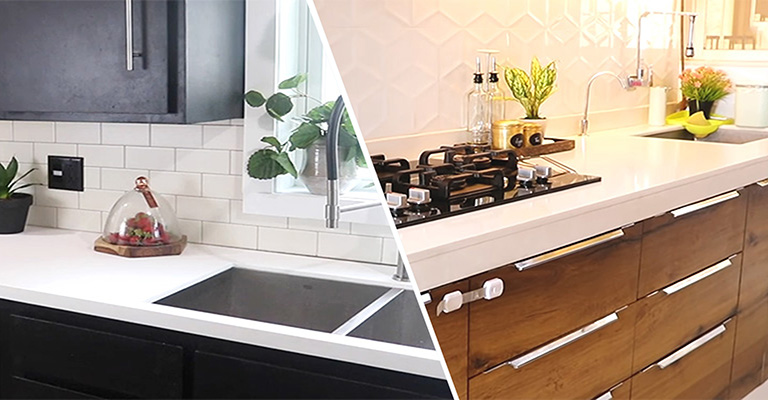
The majority of homeowners can afford solid surfaces. However, there are limitations to other options, including wood and ceramic tile. There are many porous surfaces in wood, and they can become slick and slippery over time.
On an individual basis, ceramic tiles are hard and nonporous. However, grouted seams can make it more difficult to prepare food when they are installed in numbers. A solid surface is smooth on all sides, except for invisibly welded seams.
Even granite and marble, which are relatively popular, can crack and are expensive. Natural stone will not suffer from the same through-body cracks that sometimes affect solid surfaces.
During the manufacture of laminate surfaces, paper or fabric is impregnated with resin, glued onto particleboard. As a result, laminate is easily chipped and does not appear to have depth. Having so many advantages and disadvantages, the laminate is really a good option.
Durability, Aesthetics, and Cost Considerations
The debate between choosing solid surface countertops over laminate countertops continues to be a topic of discussion. Solid surface materials, admired for their ability to mimic natural stone surfaces without the high maintenance, offer a blend of aesthetic appeal and functionality. These countertops are not only heat-resistant but also provide a uniform look without the visible seams found in natural stone or laminate countertops. O
Laminate countertops, constructed from multiple layers of synthetic materials, present a cost-effective option at a lower price per square foot. However, they may not offer the same durability or heat resistance as solid surface counters. When considering a kitchen remodel, it’s essential to weigh the long-term benefits of solid surfaces, which tend to offer more resilience and ease of maintenance, against the initial savings laminate surfaces may provide.
Final Words
When comparing solid surface countertops to laminate countertops, it’s crucial to understand the unique benefits and characteristics each offers to homeowners. Solid surface materials, renowned for their durability and seamless appearance, provide an elegant alternative to natural stone surfaces with added advantages such as being heat resistant and requiring minimal maintenance. Unlike laminate countertops, which are made of multiple layers of plastic bonded to particleboard or kraft paper, resulting in a less durable surface, solid surface counters are crafted from a homogeneous acrylic or polyester resin, offering uniform color and pattern throughout.
This distinction ensures that solid surface tops not only resist heat and stains more effectively but also can be repaired more easily if damaged. Furthermore, while laminate surfaces may offer cost savings at $10 to $40 per square foot, solid surface countertop options present a higher quality and longer-lasting solution for kitchen countertops, albeit at a higher price point, typically ranging from $35 to $100 per square foot. Solid surfaces tend to embody the perfect blend of functionality and aesthetics, making them a superior choice for those looking to combine the beauty of natural stone with the resilience and versatility of modern materials.


